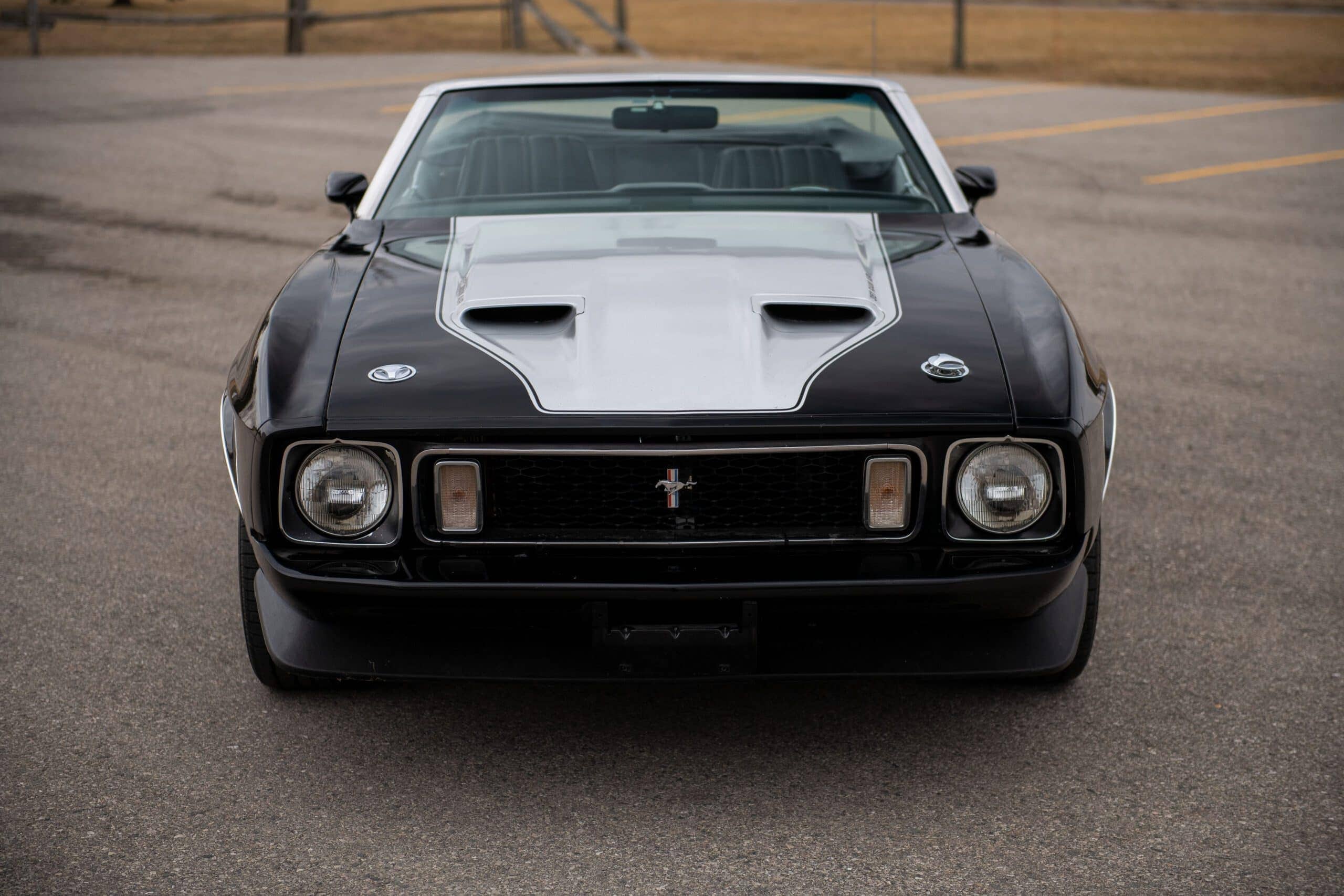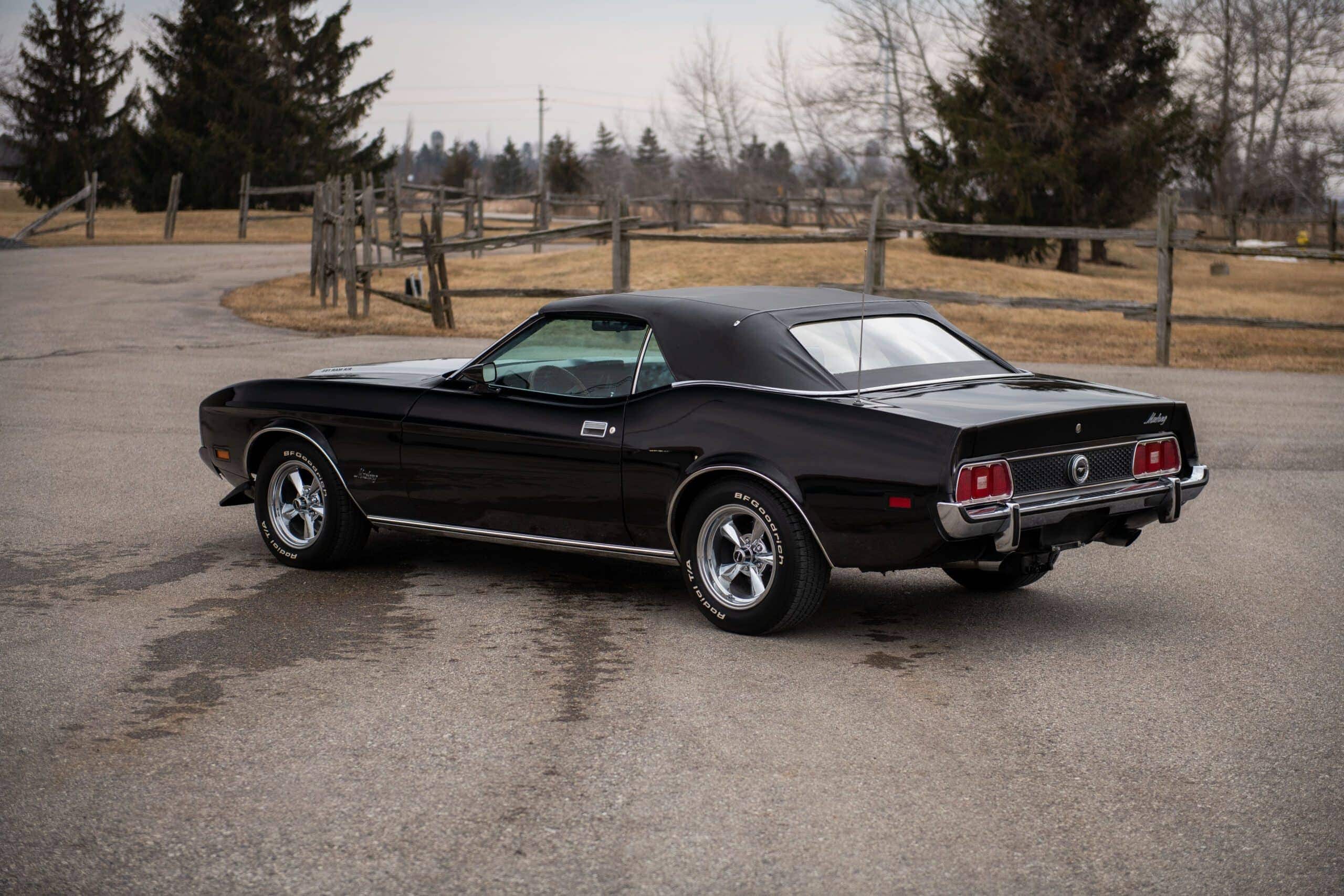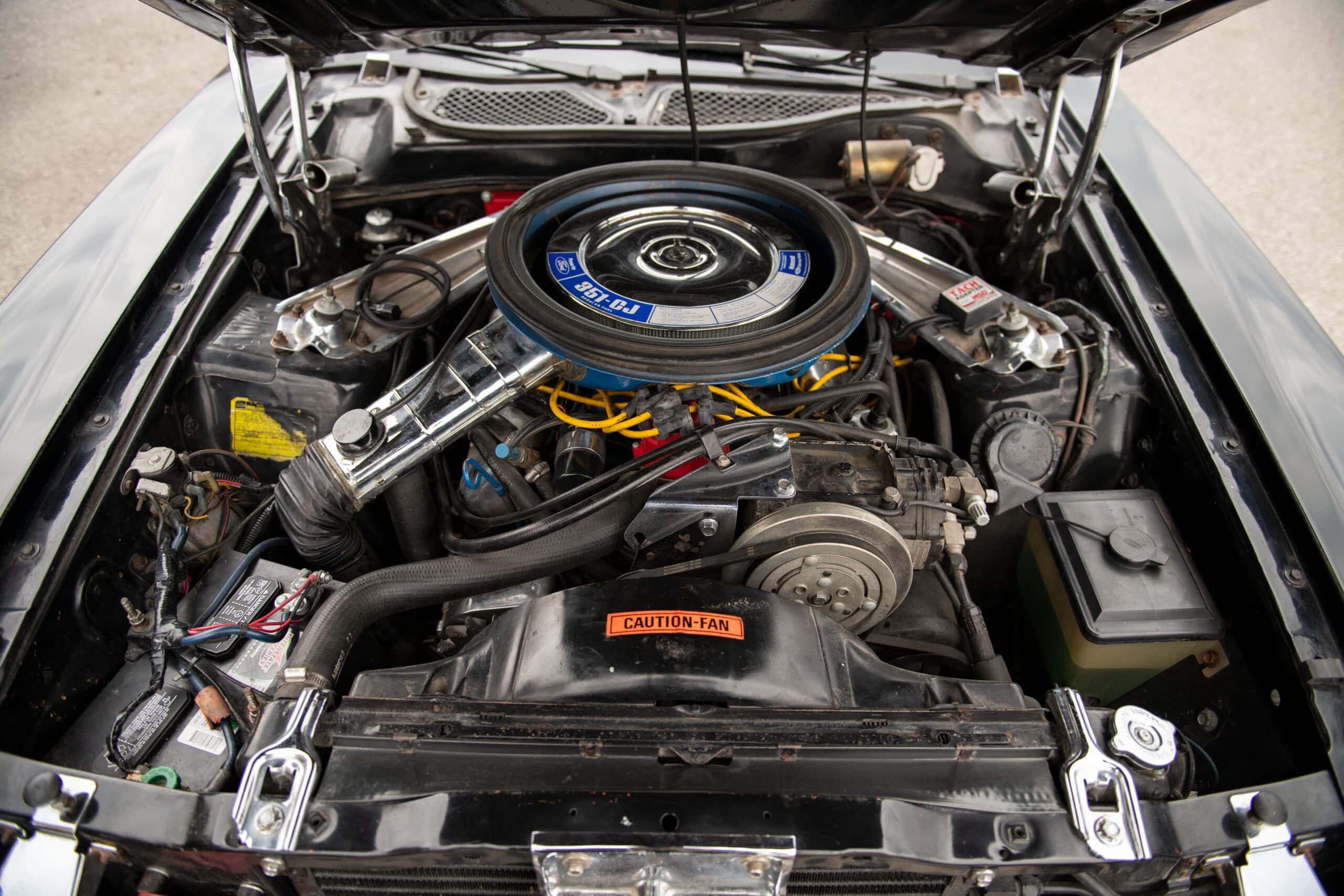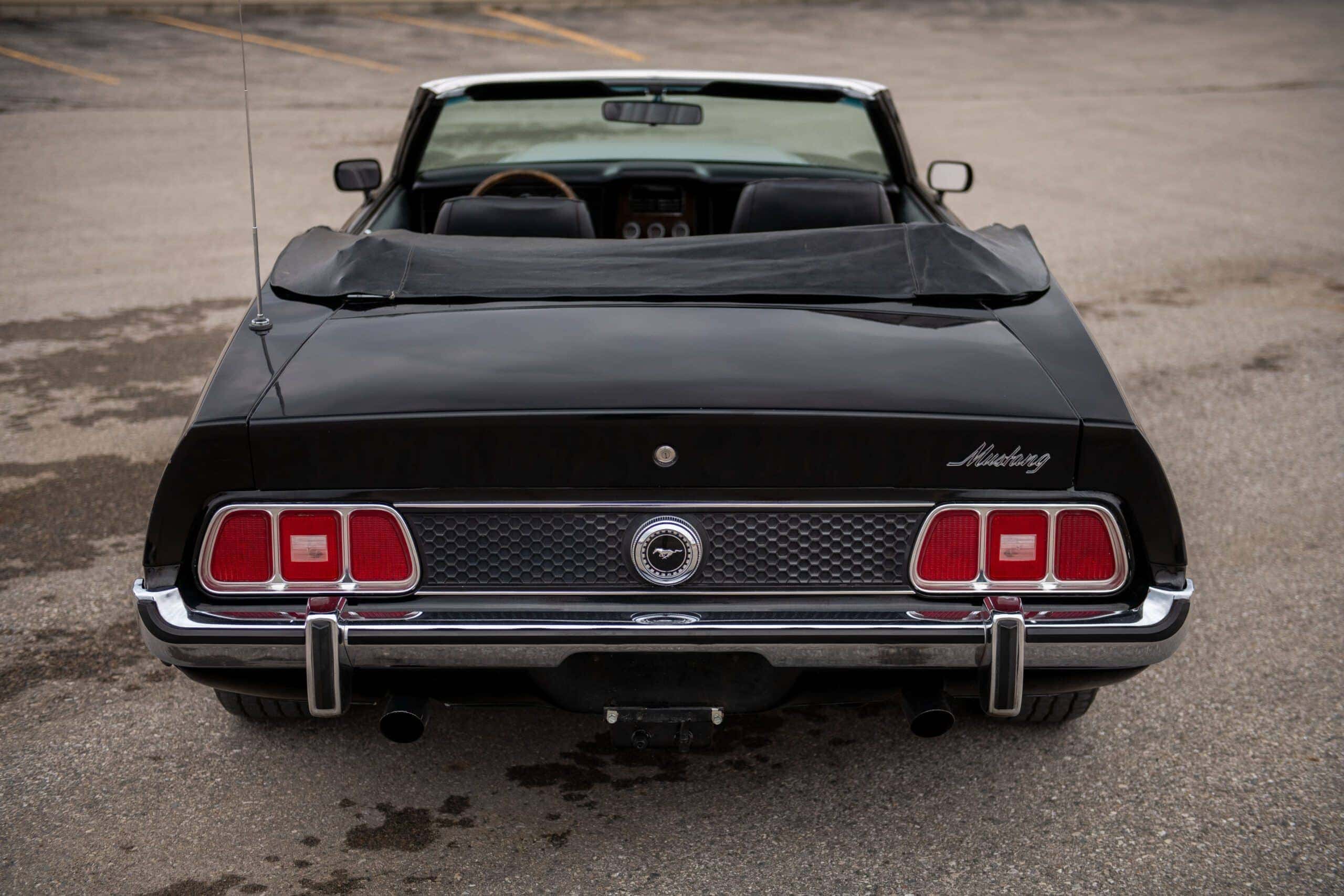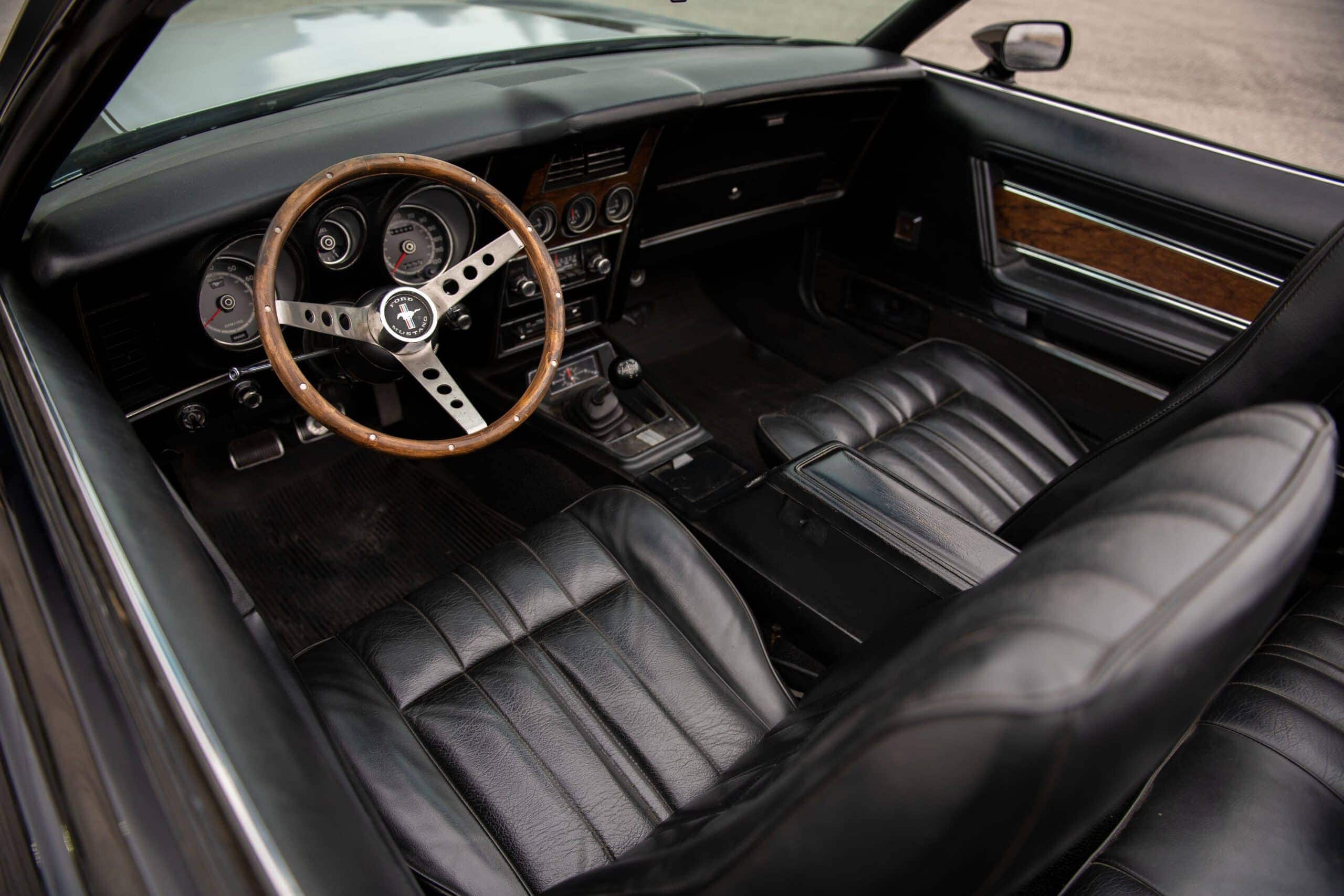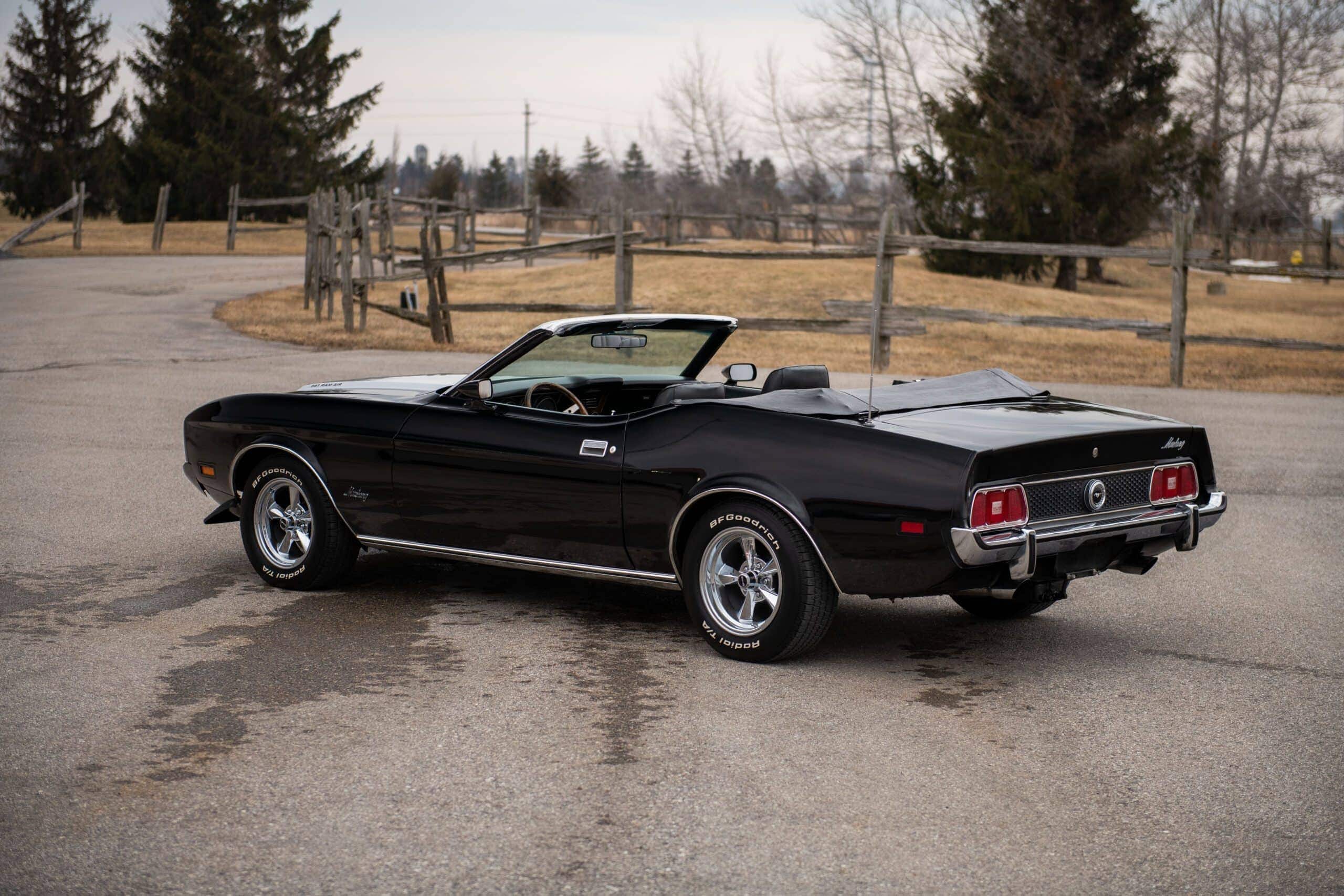Imagine a world without the Ford Mustang, introduced in 1964: no “Pony cars,” no SCCA Trans-Am championship, no Shelby GT350s, and no new automotive segment for young enthusiasts. The absence of the Mustang would mean missing out on fond memories of cruising, drag racing, and road circuit excitement. The Mustang’s debut spurred the creation of the Camaro, Firebird, Cougar, Challenger, and Barracuda, solidifying its status as an American automotive icon.
By 1973, Mustangs had become heavier and more luxurious as Ford expanded its appeal. The 1973 Mustang, often referred to as “the last of the ‘Big Mustangs,” saw 134,817 units produced at Dearborn, with only 11,853 being convertibles.
Anticipating federal regulations that might ban convertibles, buyers eagerly purchased them. Motor Trend praised the 1971-’73 Mustang for its road performance, calling it the best Mustang cruiser with a wide track and long wheelbase. It was ideal for weekend getaways with the top down.
Engine options ranged from a mild six-cylinder to various 351s, with the 302 being the most common. While many Mustangs featured Fordomatic transmissions, manual gearboxes were still popular. Ford offered a lengthy options list, allowing buyers to customize their 1973 Mustangs with power accessories and upgraded trim.
Photo Source: RM Sotheby’s

